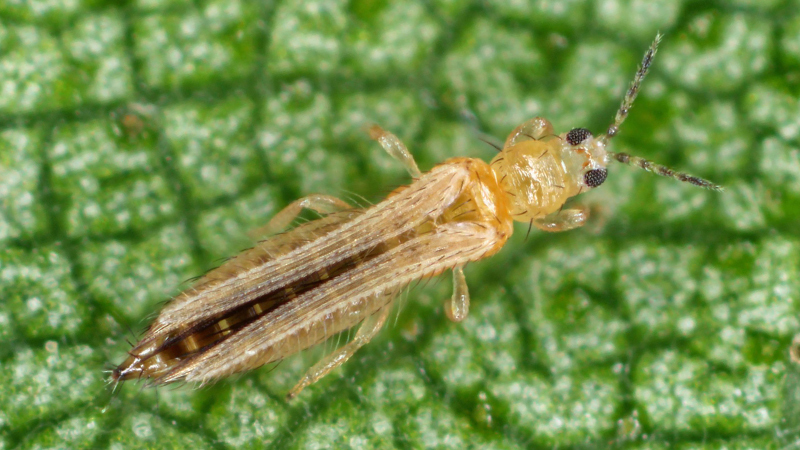How an Unusually Dark Spring Can Affect Your Greenhouse Crops
The winter months can be a challenge for floriculture producers. But some have found this winter to be unpredictably dark, to the point where it affected their crop. The question is whether this is unusual or part of a trend, and how it may influence production decisions (and energy costs) in years to come.
A recent post on OnFloriculture.com addresses the situation:
“To determine how lower than average light levels will affect your crop, we need to first talk about the importance of Daily Light Integral (DLI), or the total amount of photosynthetic active radiation (PAR) delivered to plants over a 24-hour photoperiod. Other units for measuring light such as foot-candles or lux are limiting because they only provide a single instantaneous reading. Natural light levels change throughout the day and a single measurement doesn’t accurately represent the total amount of light plants get. In contrast, DLI readings represent the number of light photons that accumulate in a square meter throughout the day (moles per m2 per day) and leads to more accurate recommendations to growers in terms of plant production needs or supplemental lighting use.”
The story notes that low light levels can result in production lags by impacting:
- Seedling and cutting growth
- Flower number and timing
- Branching and stem thickness
- Coloration
When combined with other environmental factors like high humidity, low light can also lead to physiological disorders such as oedema. Each plant species has an optimal light intensity that maximizes photosynthesis and plant growth, therefore optimum DLI levels are heavily dependent on the type of crop grown.
A case-study by Dr. Chevonne Dayboll (Ontario Ministry of Agriculture, Food and Rural Affairs) and David Llewellyn and Youbin Zheng (University of Guelph) looked at different supplemental lighting programs in potted chrysanthemum to determine which method works best with the best economic return.
The results of the experiment found that while threshold and fixed period (i.e., running lights for a solid, predetermined amount of time) supplemental lighting treatments produced plants that were similar in height and root mass, the threshold treatment allowed for less energy consumption that translated to lower costs.
Continue reading at OnFloriculture.com.








